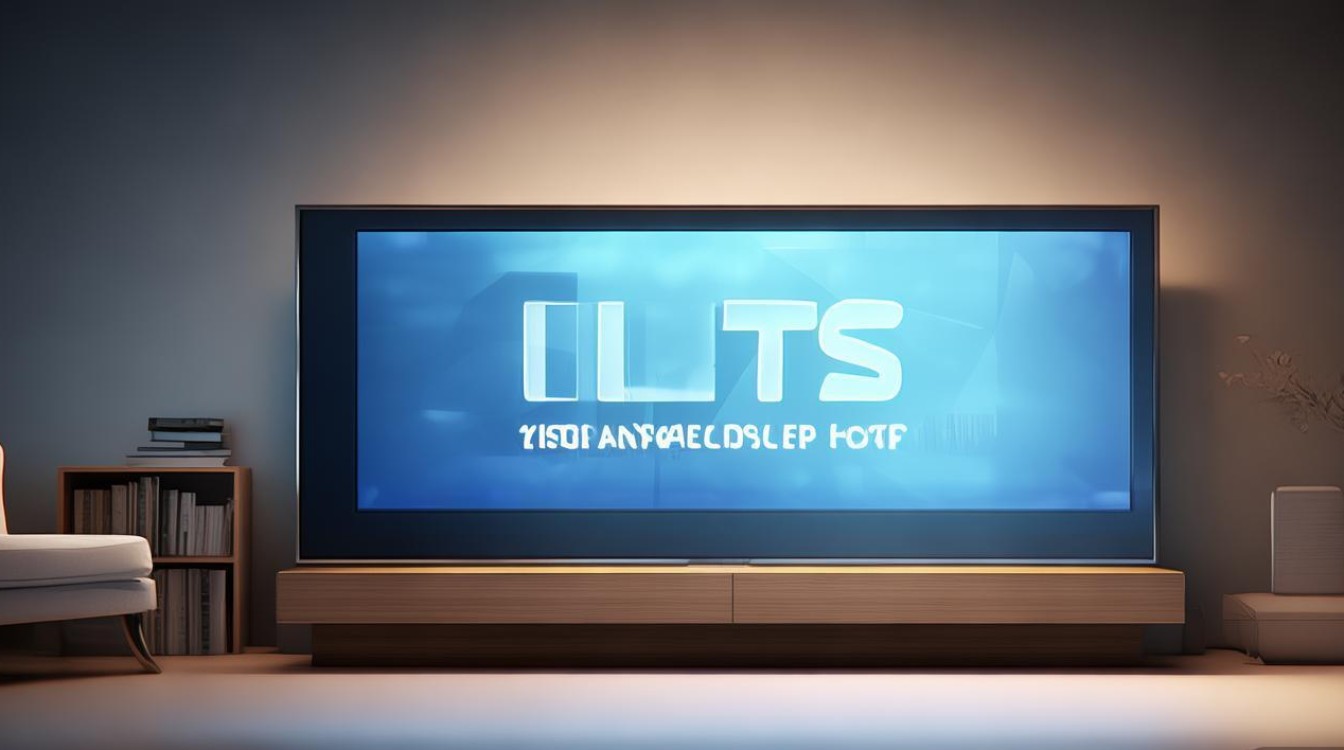Televisions have been a cornerstone of modern entertainment and information dissemination for decades, evolving from bulky, black-and-white boxes to sleek, smart devices that integrate seamlessly into our digital lives. In the context of IELTS Speaking, discussing televisions can provide ample opportunity to showcase vocabulary, fluency, and critical thinking. This article explores the evolution of televisions, their impact on society, and how they feature in everyday life, offering insights that can enrich your IELTS Speaking responses.

The Evolution of Television Technology
Television technology has undergone remarkable transformations since its inception. In the early 20th century, mechanical television systems used rotating disks to transmit images, but it was the advent of electronic television in the 1930s that laid the foundation for modern broadcasting. The mid-20th century saw the rise of color television, which revolutionized viewing experiences by replacing monochrome displays with vibrant, lifelike images. By the late 20th century, cathode-ray tube (CRT) televisions dominated households, though their bulky design and limited screen size were significant drawbacks.
The 21st century brought a paradigm shift with the introduction of flat-panel displays, such as LCD (Liquid Crystal Display) and plasma screens. These advancements offered thinner profiles, higher resolutions, and energy efficiency. Today, smart TVs have become the norm, integrating internet connectivity, streaming services, and voice control. Below is a table summarizing key milestones in television technology:
| Era | Technology | Key Features |
|---|---|---|
| 1930s–1950s | Electronic TV | Black-and-white, analog broadcasting |
| 1960s–1980s | Color TV | Vibrant colors, improved picture quality |
| 1990s–2000s | CRT TVs | Bulky, affordable, standard-definition |
| 2000s–2010s | Flat-panel TVs | Slim design, HD/ resolutions, energy-efficient |
| 2010s–present | Smart TVs | Internet connectivity, streaming apps, AI features |
The Impact of Televisions on Society
Televisions have profoundly influenced how people consume media, interact with information, and spend leisure time. Historically, they served as the primary source of news and entertainment, bringing global events into living rooms and fostering a shared cultural experience. For instance, landmark broadcasts like the moon landing or the Olympics unified audiences worldwide, highlighting television’s role in shaping collective memory.
However, the rise of digital streaming platforms has disrupted traditional television viewing habits. Services like Netflix, YouTube, and Disney+ offer on-demand content, allowing viewers to customize their experiences. While this shift has increased convenience, it has also raised concerns about screen time and its effects on mental health, particularly among children and adolescents. Studies suggest that excessive television viewing may contribute to sedentary lifestyles and reduced social interaction, though educational programming can also offer cognitive benefits when consumed mindfully.
Televisions in Everyday Life
In contemporary households, televisions serve multiple purposes beyond entertainment. They function as information hubs, providing access to weather updates, financial news, and educational content. For families, movie nights or binge-watching series can strengthen bonds, while sports enthusiasts rely on TVs to catch live games. The integration of smart features has further expanded their utility, enabling users to video call, play games, or control other smart home devices.
From an IELTS Speaking perspective, discussing televisions allows candidates to use topic-specific vocabulary such as "high-definition," "streaming services," "binge-watching," and "smart home integration." For example, when describing your favorite TV show, you might say, "I enjoy binge-watching sci-fi series on my smart TV because the high-definition visuals and immersive sound enhance the storytelling."
FAQs About Televisions
How have smart TVs changed the way people watch television?
Smart TVs have revolutionized television viewing by enabling internet connectivity, allowing users to access streaming services, apps, and on-demand content. Unlike traditional TVs, which relied on cable or satellite broadcasts, smart TVs offer greater flexibility, personalized recommendations, and interactive features like voice control. This shift has led to a decline in live TV viewership, as audiences prefer the convenience of choosing what, when, and where to watch.
Are there any drawbacks to excessive television viewing?
Yes, excessive television viewing can have several drawbacks. Prolonged screen time may lead to a sedentary lifestyle, increasing the risk of health issues such as obesity or eye strain. It can also disrupt sleep patterns, especially if viewed before bedtime. Additionally, excessive exposure to certain content, such as violent or sensationalized programming, may negatively impact mental well-being, particularly in children. Moderation and mindful consumption are key to mitigating these effects.
In conclusion, televisions remain a vital part of modern life, blending entertainment, information, and technology. Understanding their evolution, societal impact, and everyday applications can enrich your IELTS Speaking responses while providing a nuanced perspective on this ubiquitous device. Whether you’re discussing your favorite show or the future of TV, the key is to articulate your thoughts clearly and confidently.











